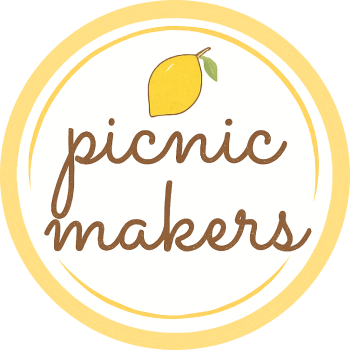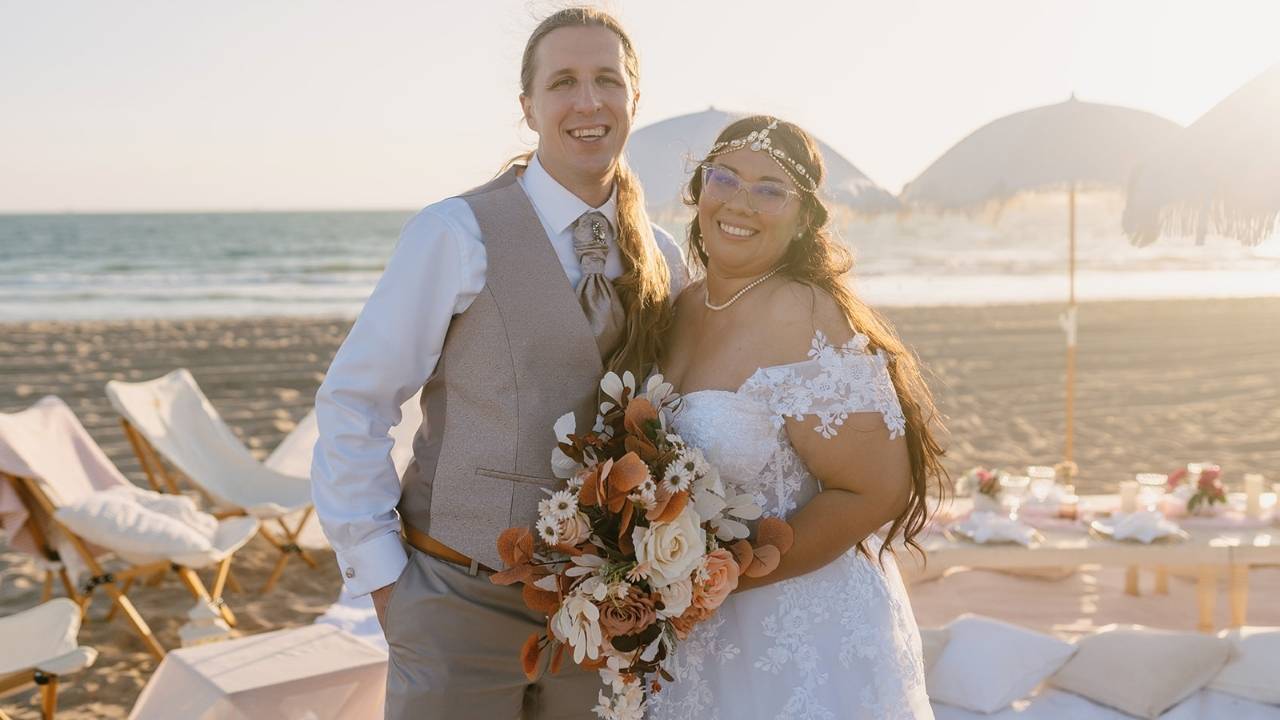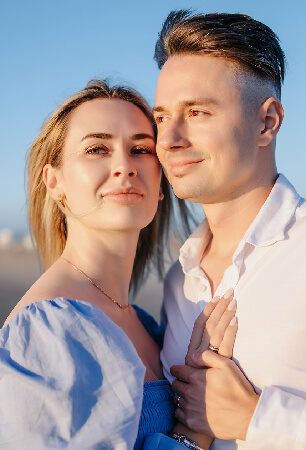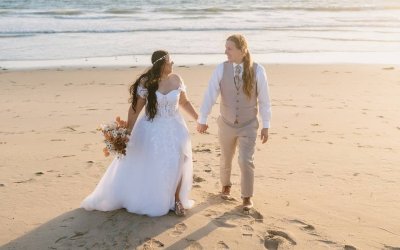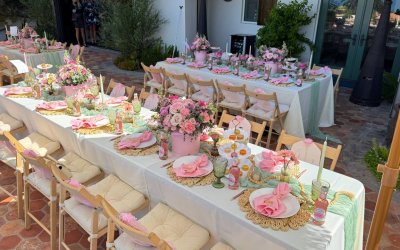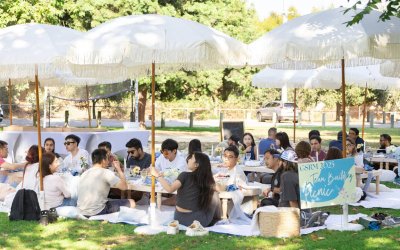The first notes of music rise, and the room turns quiet. Each step down the aisle brings you closer to a moment that will live in memory. A wedding ceremony unfolds through gestures, words, and promises that begin a shared future.
To your guests, it appears effortless, yet every detail relies on a clear plan that guides the order, the timing, and the rhythm of the day. A wedding ceremony outline provides that foundation, showing how each part connects and how the flow can mirror your story.
Couples use it to honor tradition while adding their own voice, giving the occasion both dignity and warmth.
Why a Wedding Ceremony Outline Matters 💍
Every wedding follows a rhythm. Music begins, vows are spoken, pauses bring quiet reflection, and the final applause closes the moment with joy. Without preparation, those transitions can seem uncertain.
With a wedding ceremony outline, each word and gesture has its place, creating a flow that carries the day with grace. A strong wedding structure provides a foundation that allows emotions to rise naturally.
The entrance moves smoothly into the welcome, vows are spoken at a moment of calm, and the recessional lifts the room with celebration. The event outline serves as a guide, bringing confidence to the couple, the officiant, and the guests.
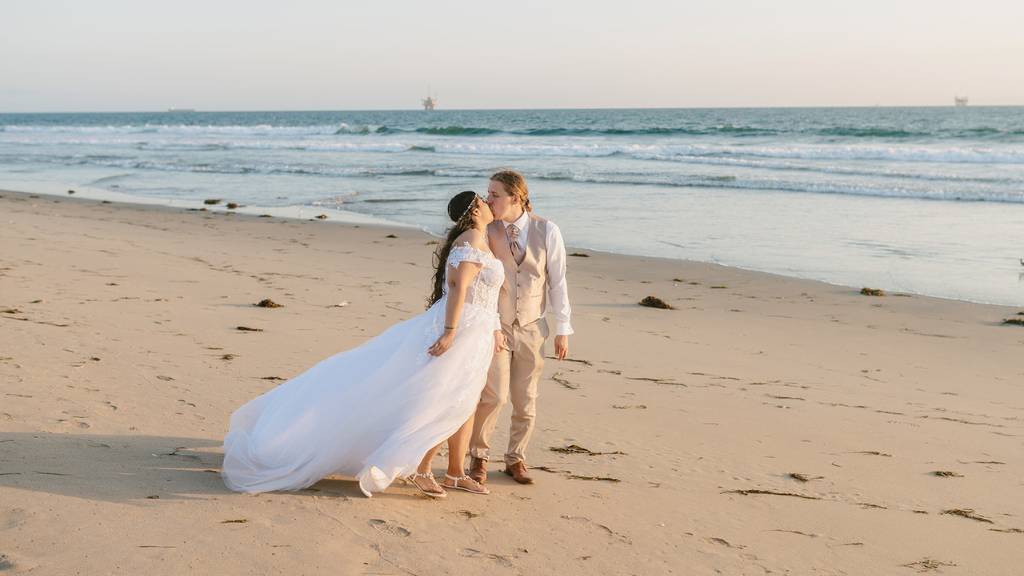
Copyright ©️ Photo by Picnic Makers
Personalization gives the outline life. Tradition can stand beside unique rituals, meaningful readings, or symbolic gestures.
Together, structure and individuality shape a ceremony that reflects love, family, and the shared path that begins on this day. It can be boho wedding ideas or cultural traditions woven into the outline.
Parts of a Traditional Wedding Ceremony 💍
A wedding unfolds through a series of moments that build upon each other. Understanding the traditional parts of a wedding ceremony allows couples to see how each section connects and where they can add their own voice.
These sections of the service create balance between formality and celebration, giving structure while leaving space for individuality.
Processional / Entrance 🎶
Music begins, and the procession starts. Family, attendants, and finally, the couple walk down the aisle, often to carefully chosen wedding video songs that set the tone. Among the most meaningful elements of a ceremony, the processional carries anticipation and the turning of every eye toward the couple.
Welcome & Opening Words 🙏
Once everyone has gathered, the officiant offers a welcome. This moment recognizes the purpose of the gathering and honors those who came to witness. Within the sections of the service, the opening signals both the legal union and the personal promise that anchors the day.
Readings & Reflections 📖
Couples often include poems, scripture, or personal reflections. These readings bring other voices into the ceremony, sometimes drawing from timeless wedding quotes that capture their story.
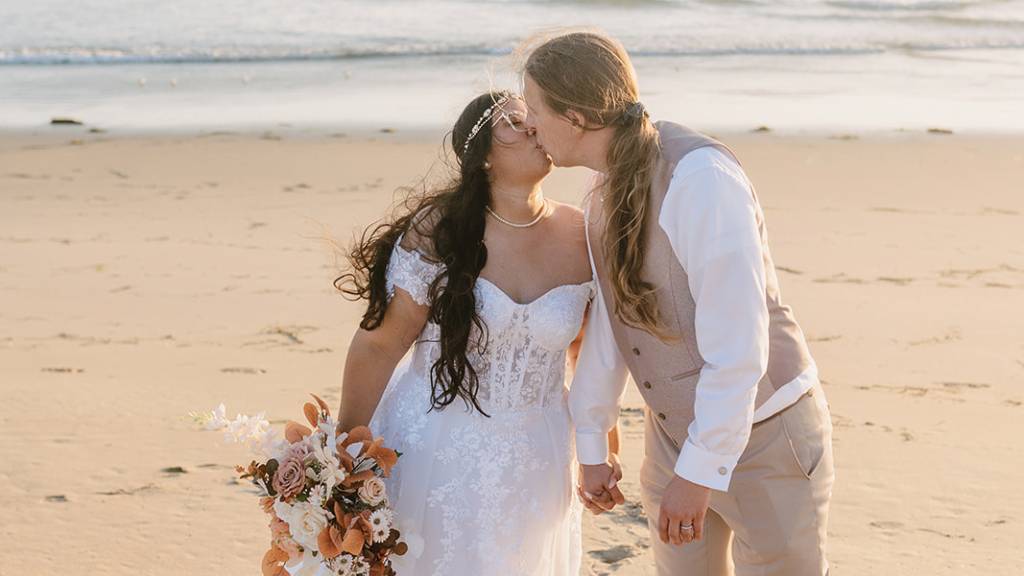
Copyright ©️ Photo by Picnic Makers
As one of the central parts of a wedding ceremony, readings give room for personalization, allowing couples to choose words that echo their story and values.
Vows & Promises 💌
The vows are the heart of the ceremony. Spoken aloud, they hold the weight of devotion and intention. Some couples choose traditional vows, while others write their own. Among the elements of a ceremony, vows are the emotional centerpiece that defines the future being created together.
Ring Exchange 💍
Following the vows, the couple exchanges rings. The circle is a symbol of eternity, a visual sign of commitment. Guided by the officiant, each partner places a ring on the other’s hand. This act remains one of the most enduring sections of the service across traditions.
Unity Rituals (optional, modern variations) 🔗
Many couples include symbolic acts that highlight their union. A candle, a sand ritual, handfasting, or even planting a tree can serve this role. These parts of a wedding ceremony bridge heritage and creativity, adding a personal symbol within the traditional flow.
The Kiss & Declaration 💏
The officiant declares the couple married, followed by the first kiss. This joyful act signals the shift from solemn vows to celebration. As one of the most cherished elements of a ceremony, the declaration is met with applause, cheers, and music.
Closing Remarks & Recessional 🎉
The officiant often ends with words of blessing or encouragement. The recessional follows, as the couple leads the wedding party back up the aisle. This final section of the service carries an air of release and joy, closing the formal part of the day and opening the celebration that follows.
Bringing It Together 🕊️
The traditional parts of a wedding ceremony give structure that can be honored or adapted. Each element provides stability, yet within that order, couples can introduce their own traditions, words, and rituals. By understanding these elements of a ceremony, couples can shape a wedding that is both timeless and deeply personal.
Wedding Ceremony Timeline & Duration Guide ⏱️
A well-structured wedding ceremony timeline creates a natural rhythm that guides the day. Most ceremonies last between 20 and 40 minutes, depending on traditions, chosen rituals, and the couple’s preferences.
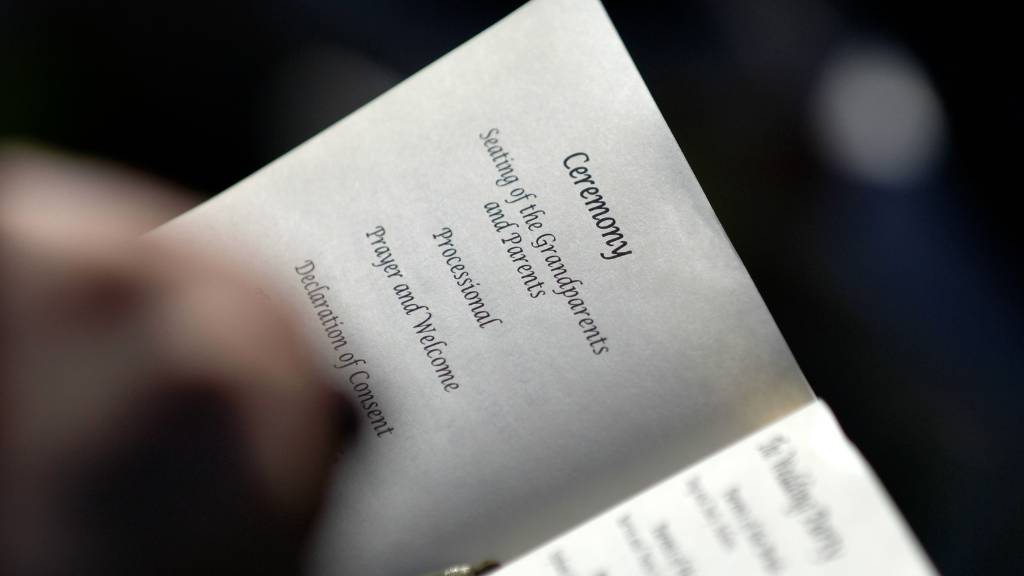
A clear time guide ensures that every stage has space for meaning without unnecessary delays.
Typical Ceremony Schedule
- Processional: 5 minutes
- Welcome & Opening Words: 2–3 minutes
- Readings or Reflections: 5 minutes
- Vows & Ring Exchange: 10 minutes
- Unity Ritual (optional): 5 minutes
- Declaration, Kiss & Closing: 5 minutes
- Recessional: 2–3 minutes
Short Ceremony (15–20 minutes): Designed for couples who prefer simplicity, often leaving out readings or unity rituals.
Classic Ceremony (25–30 minutes): A balanced flow with vows, ring exchange, and a single reading.
Extended Ceremony (35–40 minutes): Allows space for multiple readings, cultural traditions, or symbolic unity acts.
By setting a thoughtful ceremony schedule, couples ensure smooth pacing and highlight the moments that carry the most meaning.
Planning a Wedding Ceremony That Reflects You 🕊️
A meaningful celebration begins with careful preparation. Knowing how to plan a wedding ceremony gives couples confidence that the day will unfold smoothly and reflect their story. These steps create a foundation for a ceremony that is both structured and personal.
Choosing the Officiant 👤
The officiant sets the tone of the service. Select someone who understands your values and style. This choice is one of the most important parts of planning a wedding ceremony.
Venue & Setup Considerations 🏛️
The venue shapes the atmosphere. From outdoor wedding venues in Los Angeles to intimate indoor spaces, details like seating, acoustics, and the processional path define the flow. Each detail in the setup supports how the ceremony will flow.
Ceremony Rehearsal & Run-Through 💍
A rehearsal ensures that everyone knows their place and timing. Practicing the ceremony steps eases nerves and creates confidence for the day itself.
Day-Of Coordination & Cues 💐
On the wedding day, coordination keeps the ceremony steady. Music, entrances, and transitions should move with clarity. With smooth cues, the couple can focus on the meaning of the vows rather than the logistics, which is also a reminder of how important a day-of wedding checklist can be.
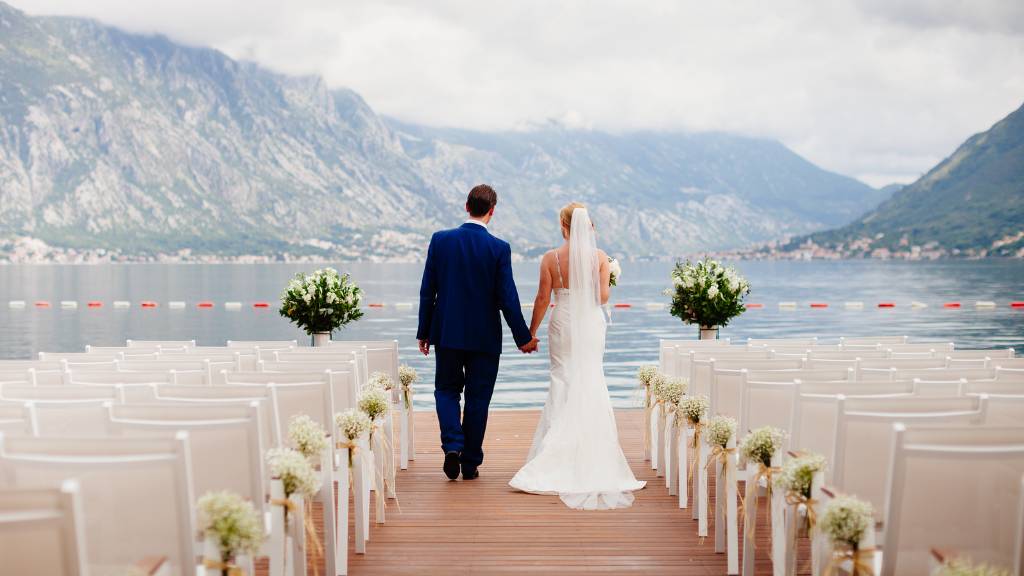
By learning how to plan your service, couples create a ceremony that carries grace and intention.
How a Wedding Ceremony Outline Shapes the Day 📋
A clear wedding ceremony outline helps couples see the order of events at a glance. It works as a planning guide and as a keepsake that can be shared with the officiant, coordinator, and wedding party. Many couples also adapt this wedding program for guests, giving everyone a simple reference to follow.
Couples can adjust the length and order based on cultural traditions, personal rituals, or modern preferences. Some may include music interludes, symbolic acts, or family participation, while others prefer a direct flow.
By adapting this structure with personal touches, couples create a ceremony that is both organized and meaningful.
Making the Ceremony Your Own ❤️
Every ceremony carries its own rhythm, and that rhythm flows more smoothly with a clear outline. Structure creates confidence while personalization adds depth. Together, they shape a day that honors tradition and reflects the unique story of the couple.
Your wedding ceremony outline acts as a guide, leading each step from the opening notes of music to the final walk back up the aisle. It provides space for emotion while keeping the flow steady and graceful.
The outline is not a restriction but a foundation. It allows couples to adjust, add, or highlight the elements that hold meaning for them. With Picnic Makers wedding services as a trusted resource, you can plan with clarity and celebrate with ease, knowing your ceremony will carry both structure and heart expression that belongs only to you.
Frequently Asked Questions
1. Do I have to follow a traditional wedding ceremony outline?
No. The wedding ceremony outline is a guide, not a rule. You can honor tradition or adapt the order to reflect your values and story.
2. What parts of a wedding ceremony are essential?
Core elements usually include the processional, vows, ring exchange, declaration, and recessional. Everything else, readings, unity rituals, and cultural acts can be added or adapted to fit your vision.
3. How do I personalize my ceremony without losing structure?
Start with a clear outline, then weave in personal touches such as custom vows, meaningful readings, or symbolic rituals. This balance gives both order and individuality.
4. Should I print a program for guests?
A printable wedding program is optional but helpful. It guides guests through the ceremony steps, highlights wedding party roles, and becomes a keepsake of the day.
5. When should I rehearse the ceremony?
Plan a rehearsal a day or two before the wedding. This ensures the wedding party, officiant, and coordinator are aligned on timing and cues.
